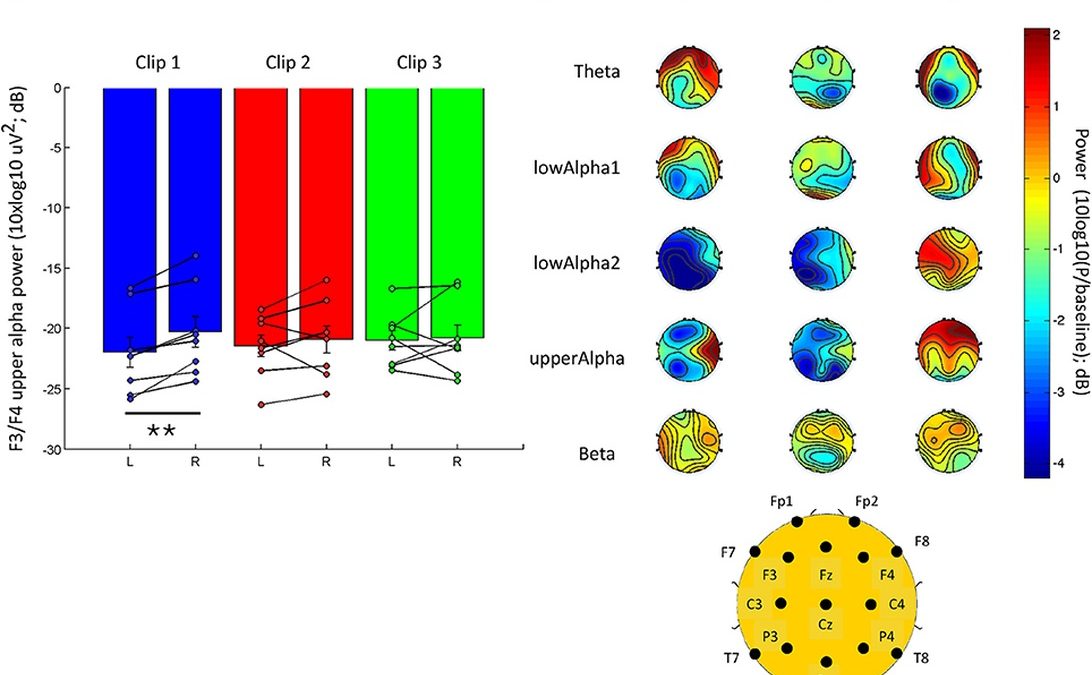
The Psychology Behind Musical Preferences
Have you ever wondered why that one song gives you goosebumps, while another leaves you cold? Or why the music you blasted during your teenage years still holds such a powerful grip? Music is deeply personal, yet universally human. As someone who’s spent years immersed in the music world, both on stage and behind the scenes, I’ve always been fascinated by the ‘why’ behind our musical choices. It turns out, our preferences aren’t just random; they’re a complex tapestry woven from threads of psychology, biology, culture, and personal experience. Let’s dive into the fascinating science that shapes our individual soundtracks.
The Foundations of Preference: Exposure, Prediction, and the Brain’s Reward
One of the most fundamental factors influencing what we like is simply what we know. The ‘mere exposure effect’ demonstrates that repeated listening, particularly to unfamiliar melodies, can significantly increase our liking for them. It’s a concept explored in studies like one published in Memory & Cognition, which found that while our liking might fade somewhat quickly after exposure stops, our recognition of the music lasts longer. This suggests distinct brain processes are at play: an implicit, almost unconscious familiarity driving preference, and a more explicit memory system handling recognition. Think about it – how many songs grew on you after hearing them a few times on the radio or a playlist? That’s the exposure effect in action, subtly shaping your taste without you even realizing it.
Beyond simple exposure, our brains are constantly trying to predict what comes next in a piece of music. This idea, central to theories by thinkers like Leonard Meyer and David Huron, suggests that musical enjoyment stems from a delicate dance between expectation and surprise. As discussed in articles exploring why music makes us feel good, our brains build patterns based on the music we’ve heard before. When the music confirms our predictions, or surprises us in a pleasing way, our brain’s reward system kicks in, releasing dopamine – the same neurotransmitter associated with pleasure from food, sex, and other rewarding experiences. This neurological payoff reinforces our connection to the music. It’s this interplay of prediction and reward, this cognitive ‘game’ the music plays with our minds, that makes listening so engaging and emotionally resonant. This pattern-seeking behaviour, potentially rooted in ancient survival instincts for interpreting sounds, is cleverly exploited by music, as highlighted in explorations of music’s fundamental appeal.
The Sonic Mirror: Personality, Thinking Styles, and Musical Choices
It’s often said that our music taste reflects who we are, and research increasingly backs this up. Numerous studies have explored the link between personality traits, often using the ‘Big Five’ model (Openness, Conscientiousness, Extraversion, Agreeableness, Neuroticism), and musical preferences. For instance, a large-scale international study highlighted by the University of Cambridge found remarkably consistent correlations across over 50 countries. Extroverts globally tend to gravitate towards upbeat, ‘Contemporary’ music (like pop and electronica), while those high in Openness often prefer ‘Sophisticated’ (classical, jazz) and ‘Intense’ (rock, metal) styles, enjoying complexity and novelty. Agreeable individuals often lean towards ‘Mellow’ (soft rock, R&B) and ‘Unpretentious’ (country, folk) sounds. These connections suggest we subconsciously seek out music that aligns with our core personality traits.
Further research, including studies focusing on specific populations like one examining music preferences in Brazilians, confirms these links while also highlighting cultural nuances. This study found Openness strongly correlated with preferences for styles like jazz, blues, and classical, but also intense styles like rock, while Extraversion linked to rap/hip-hop and pop. Interestingly, Neuroticism showed a negative correlation with intense styles but a positive one with classical music in this cohort. Another study focusing on an Italian population used factor analysis to confirm a five-factor structure similar to the MUSIC model (‘Mellow’, ‘Unpretentious’, ‘Sophisticated’, ‘Intense’, ‘Contemporary’), further solidifying the idea that preferences cluster in meaningful ways linked to personality, as detailed in Music Perception. It seems our playlists often act as a sonic mirror, reflecting our inner disposition.
Beyond broad personality traits, our cognitive style – how we process information – also plays a role. Research highlighted by The Washington Post distinguishes between ’empathizers’ (who relate through feelings) and ‘systemizers’ (who understand through rules and patterns). Empathizers tend to prefer music with emotional depth (‘Mellow’ styles, sad songs), while systemizers often gravitate towards ‘Intense’ music, appreciating structural complexity and sonic force. This doesn’t mean systemizers lack emotion, but they might appreciate the technical intricacies or raw energy of intense genres like metal or complex electronic music more. It adds another layer to understanding why someone might love intricate prog-rock while another prefers heartfelt folk ballads – it could be partly down to their fundamental way of thinking.
The Soundtrack of Our Lives: Age, Memory, and Musical Identity
Our musical journey isn’t static; it evolves as we navigate different life stages. Research mapping musical tastes across a lifetime reveals distinct patterns. Adolescence is often dominated by ‘Intense’ music (punk, metal), coinciding with a period of identity formation and establishing independence. As we move into young adulthood, the focus shifts towards intimacy and social connection, leading to a rise in preference for ‘Contemporary’ (pop, electronic) and ‘Mellow’ (R&B) styles – music suited for socializing and romance. Later, in middle age, ‘Sophisticated’ (jazz, classical) and ‘Unpretentious’ (country, folk) genres often gain favour, potentially reflecting established identities, social status, or a deeper reflection on life experiences. This evolution shows how music serves different psychological needs at different times in our lives.
Perhaps the most powerful age-related phenomenon is the ‘reminiscence bump’ – the tendency for adults to have the strongest preferences and most vivid memories associated with music from their adolescence and early adulthood (roughly ages 10-25). Research exploring the neurocognitive basis of this bump suggests it’s linked to a critical period for identity formation and heightened brain sensitivity to social rewards. During these years, music is intensely social; we form friendships based on shared tastes, attend concerts, and use music to define ourselves and our peer groups. The brain’s reward pathways are particularly active and responsive during adolescence, forging strong emotional links between music, memories, and social experiences. This potent combination essentially hardwires the music of our youth into our personal history.
Music’s powerful connection to memory goes beyond the reminiscence bump. As explored by researchers at Durham University, music acts as a potent cue for autobiographical memories, often triggering involuntary recollections of specific events, people, and feelings. This happens because music frequently soundtracks significant life moments (weddings, parties, breakups) and its emotionally engaging nature helps encode it strongly alongside the event details. Familiar music is particularly effective at triggering these memories, often bringing back positive emotions even if the music itself is sad. This deep intertwining of music, memory, and emotion means our past experiences continuously inform the music we cherish in the present.
Furthermore, music serves as a powerful badge of identity. As outlined in Psychology Today, the genres we align ourselves with signal our values, our social affiliations, and how we see ourselves. Choosing to listen to underground indie rock might signal non-conformity and artistic appreciation, while embracing mainstream pop could indicate a desire to be connected to current trends. We use music to curate our personal brand, both for ourselves and for others. This identity function is a key reason why the music of our formative years often sticks with us – it’s intrinsically linked to who we were becoming.
Beyond the Individual: Culture, Context, and Connection
While personality and age are crucial, we don’t form our tastes in a vacuum. Cultural background profoundly shapes our musical landscape. What sounds ‘normal’ or ‘pleasing’ is heavily influenced by the musical conventions we grow up with – the scales, rhythms, and harmonies prevalent in our culture. Early research, like the foundational work by Kate Hevner summarized by Farnsworth and mentioned in this SpringerLink chapter overview, recognized the importance of development and, implicitly, the cultural context in which children’s preferences form. A melody using a scale common in Indonesian music might sound ‘sad’ to a Western listener simply because it resembles a minor scale, even if its cultural intention is joyful. Our ears are trained by our environment.
The immediate context also dictates our listening choices. We instinctively select music appropriate for the situation – upbeat tracks for the gym, calming tunes for studying, celebratory anthems for parties. Research analyzing large datasets has even found predictable daily patterns: people globally tend towards relaxing music in the evening and energetic music during the day. These contextual choices reflect music’s functional role in regulating mood, enhancing activities, and fitting social settings. We might love heavy metal, but we’re unlikely to choose it for a quiet dinner party.
Finally, the social dimension of music cannot be overstated. Music fosters connection and group cohesion. Sharing musical tastes builds bonds, and attending live shows creates powerful collective experiences. The influence of artists and genres also shapes the broader musical ecosystem. Research using network analysis and machine learning, such as the study on genre-specific music influence, shows how certain artists (like The Beatles or Bob Dylan, identified via algorithms like IRDI) exert significant influence, shaping trends and potentially impacting the preferences of millions. Musical attributes like ‘speechiness’, ‘acousticness’, and emotional ‘valence’ were found to be key characteristics of influential artists, suggesting these sonic qualities resonate widely and contribute to shaping collective taste.
The Ever-Evolving Playlist of the Self
So, what does it all mean? Understanding the psychology behind musical preferences reveals that our taste is far more than just a simple liking for certain sounds. It’s a dynamic reflection of our personality, our cognitive wiring, our age and life experiences, our cultural upbringing, our social connections, and the specific moments we find ourselves in. From the dopamine rush triggered by a perfectly resolved chord progression to the nostalgic pull of a song from our youth, music engages us on multiple psychological levels. It’s a mirror to our inner world and a bridge to connecting with others. While science continues to unravel the intricate details, one thing is clear: the music we choose is deeply intertwined with the very essence of who we are. Our personal playlists are, in a way, the ever-evolving soundtracks to our individual lives, constantly being remixed by time, experience, and the enduring power of sound.






